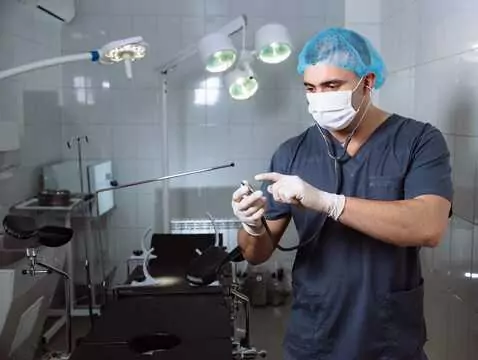The problem of vaginal looseness, a result of natural childbirth, is a phenomenon that affects many women, from the point of view of a reduced quality of sexual life. Despite the prevalence of this phenomenon, few women talk about their problem. However, there is a growing trend of interest in methods to combat this condition, stemming from the desire to improve the quality of sexual sensations and satisfaction with intimate life. To meet these needs, medicine offers a range of treatment and therapy options for Vaginal Relaxation Syndrome.
Trends
Recent years have shown a significant increase in patients' interest in the problem of vaginal laxity, resulting from natural childbirth, in the context of aesthetic medicine. An increasing number of women, want to both improve the quality of their sexual life in this way, as well as take up the fight against defects that have arisen as a result of childbirth. The most frequently reported problem, however, continues to be ZRP.
Treatment and therapy
Firstly, exercise - as a conservative method - originally used by Kegel to combat the problem of incontinence. It is precisely about exercising the pelvic floor muscles, with the aim of strengthening this part of the muscles, causing an increase in their mass, improving their contraction and also increasing resting pressure. As studies show, while these exercises have very good results in the case of urinary incontinence, their positive effect in UI is very limited and is only recommended by specialists as a first-line therapy.
The 1950s was the time when surgical procedures began to be performed as a treatment for UI. The aim of these procedures was to narrow the lower third of the vagina and to reconstruct defects created during natural childbirth with an increase in muscle tone. However, surgical methods are not without controversy, as it has been found that approximately 40% of women who have undergone posterior vaginal and perineal plasty experience not an improvement but a deterioration in the quality of their sexual life.
In contrast, positive effects have been shown with the application of 2.2 mm silicone threads to the lateral vaginal walls and here, around 80% of women experienced an improvement in their sexual quality of life.

photo: panthermedia
Recent years have brought a less invasive surgical solution to the problem of ZRP, and we are talking about the use of absorbable Vaginal Narrower® anchor threads. The procedure itself is so minimally invasive that it can even be performed in an outpatient setting and under local anaesthetic, and it consists of a perineal lift. As of today, it is too early to determine the extent of the method's effectiveness, but patients who have used it report a significant improvement in the quality of their sexual life.
Another type of surgical procedure that is used to combat ZRP is CO2 laser treatments. So far, only Korean studies indicate that this method is highly effective, as up to 70% say there is a significant improvement in intimate contact.
The latest discovery is thermal therapy using low-energy radiofrequency, or radiofrequency electromagnetic radiation. The head, which emits the waves, causes the movement of ions in the tissues, which are naturally heated, resulting in the stimulation of fibroblasts and collagen production - a firming effect. Not only is this method said to be effective, but it also has a high level of safety, both during the medical procedure but also in terms of post-surgical complications, which to date have not been found on a larger scale. In addition, it is a method that allows scarless healing of the treated area. [1]









